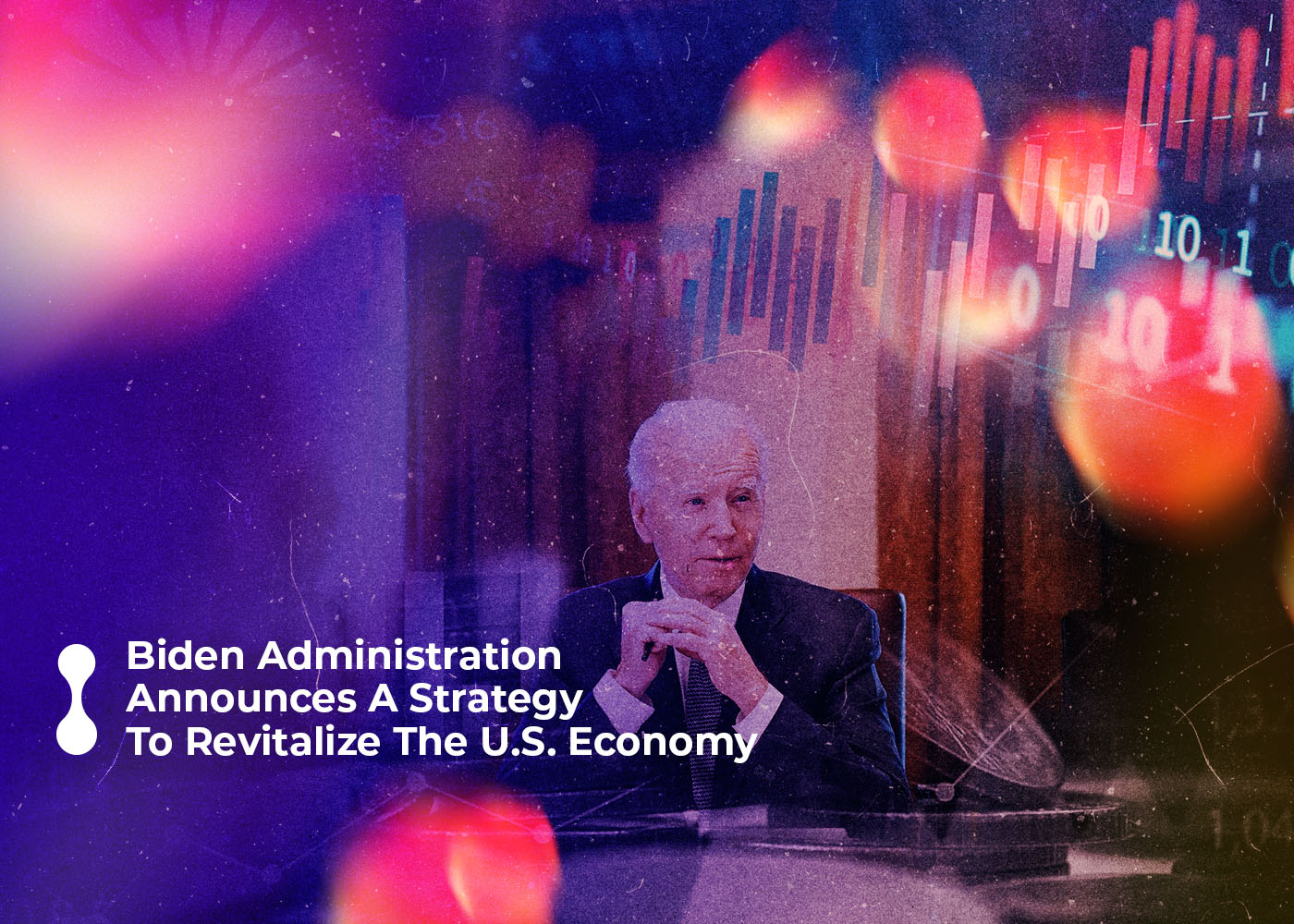To strengthen the effects of President Biden is infrastructure, inflation reduction, and semiconductor research bills which have already been approved by Congress at the cost of nearly $2 trillion in spending and tax incentives, the White House is actively seeking private sector investments as an additional stimulus. As congressional approval for any further fiscal relief appears increasingly unlikely, partnering with businesses has become essential to extend the reach of these initiatives.
According to Biden, the US Economy will be Stimulated Using the Private Sector
The Biden administration’s goal is to utilize those extensively funded packages – which only have seen a mere 5% of expenditure thus far – for projects that better the USA’s energy infrastructure, reduce dependence on oil and gas, promote growth in the chip industry and more; there is an even greater challenge posed due to economic concerns. These include elevated Consumer Price Index readings coupled with the Federal Reserve’s resolve to raise interest rates to quell inflationary pressures while slowing down the US economy.
In a discussion with Axios, departing National Economic Council head, Brian Deese shared that the government’s three initiatives – infrastructure improvement projects, IRA-related adjustments, and Chips and Science Act – use public investments to draw in private capital. Moreover, Mitch Landrieu highlighted that there is an unprecedented opportunity for this administration to work side by side with various businesses like semiconductor makers or clean energy innovators to successfully execute their proposed infrastructure plan.

Looks Like the Plan Is Working
The White House has a calculated strategy to maximize its return on public spending by partnering with private sector segments. To strengthen the U.S.’s carbon-free energy sources, they are appealing to electric car manufacturers, charging station suppliers, and utility companies – offering them tax credits in exchange for production and investments into clean energy developments. Doing this prompts not only investment but also creates an amplified positive ripple effect across the entire US economy!
As evidence of success, the White House reports that more than $300 billion has been invested in American manufacturing since 2021, and 2022 saw three critically important bills signed into law. The government provided incentives – tax credits, grants, and loan guarantees – to encourage these investments. Most noteworthy is the Chips & Science Act, which provides up to $52 billion in subsidies for U.S semiconductor production; Micron, Intel, and TSMC have all announced plans for new chip-making facilities across Arizona, New York, and Ohio, respectively, as a result!
By the end of January, a staggering $89.6 billion was committed to more than 90 clean energy projects, as reported by Climate Power, an organization dedicated to preserving our environment. This figure is augmented by the Inflation Reduction Act’s allocation of approximately $370 billion in public funds toward climate and energy provisions.
Keep reading: These New Vertical-Axis Wind Turbines Offer Cost Advantage
